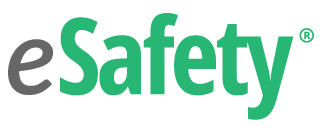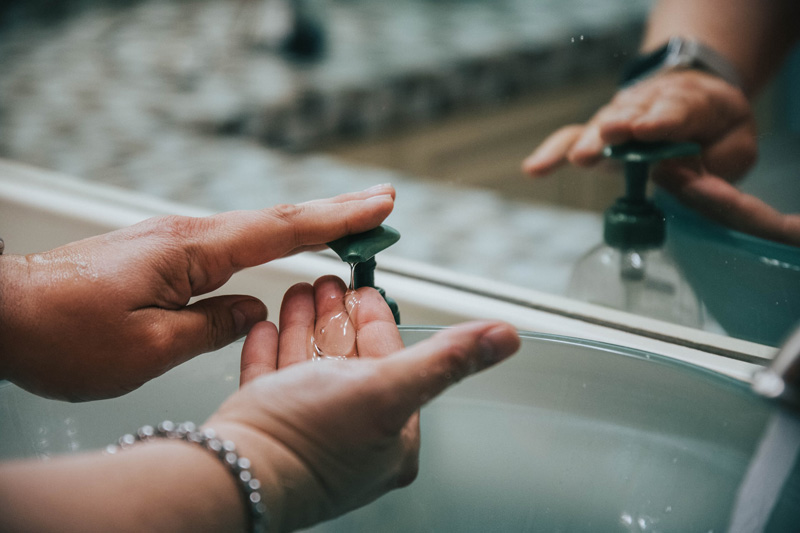The COVID-19 pandemic is a constantly changing situation. It seems that every state and region has its own guidelines for safety, and there’s a lot of information going around about how you can keep yourself safe — what methods work, and which do not. If you’re looking for a helpful guide to protecting yourself and others from COVID-19, here are the most accurate, effective guidelines to follow:
#1 Stay Home
If you are sick, have underlying medical conditions, or are required to do so according to local recommendations and Executive Orders in place, stay home. The best way to keep yourself and others safe is to limit your physical contact with others as much as possible. There are a variety of methods that can be used to practice social distancing. Every state and local region has its own unique guidelines for social distancing based on the level of community-based spread. Please stay up-to-date with regular briefings provided by your state and community health department in your area.
If You Are Sick
If you are sick, you should remain at home. The only exception for leaving your home is to receive medical care if so instructed by your healthcare provider.
If You Have Underlying Medical Conditions
If you have an underlying medical condition like diabetes, heart, or lung disease, consult your healthcare provider for additional protection methods specific to your condition. Your healthcare provider will be able to advise you on what actions are best to take to keep yourself and those around you safe.
#2 Practice Recommended Respiratory Etiquette Techniques
COVID-19 is a respiratory disease. The most common symptoms include shortness of breath, cough, and fever. To protect yourself and others from becoming infected or spreading COVID-19, it’s best to follow recommended respiratory etiquette techniques.
Cover your Mouth and Nose
If you cough, be sure to cover your mouth and nose with your hand or elbow. This helps keep germs from spreading to others around you.
Stay 6 Feet Away
The CDC has noted that germs from someone coughing or sneezing can travel as far as six feet. To best prevent your exposure to COVID-19, stay 6 feet away from others at all times.
Avoid Touching Your Face
Germs can easily spread from your hands to your mouth, eyes, or nose when you touch your face. Do your best to avoid touching your face, especially when in a public place. If you have covered your mouth after blowing your nose, coughing, or sneezing, you should wash your hands immediately.
Wash Your Hands Often
Proper handwashing technique is vital to ensuring that you are minimizing the transfer of any germs to yourself or to others. Wash your hands frequently to practice good hygiene. When washing your hands, be sure to scrub for at least 20 seconds, and dispose of your hand drying towel properly. For a quick tutorial on proper handwashing, see eSafety’s Toolbox Talk on Proper Handwashing.
#3 Clean and Disinfect Regularly
Studies have shown that COVID-19 can live on surfaces for quite some time. This means it’s important to clean and disinfect commonly used surfaces often and thoroughly. Key items to disinfect regularly include:
- Doorknobs
- Tables
- Light switches
- Countertops
- Phones
- Keyboards
- Remote Controls
Understand Contact Time
When disinfecting any surface, it is important to note the contact time associated with the disinfectant you are using. Many assume that a quick wipe-down of a surface is enough to kill any germs that might be sitting there.
In reality, most disinfectants have a recommended contact time, which is the amount of time that the surface should remain wet in order to ensure germs are neutralized. Your disinfectant will likely state a contact time on the product label. If you are unsure of the contact time of the disinfectant you’re using, you can look up your product on this list of disinfectants from the EPA. You can also use this list to ensure the disinfectant you’re using meets the EPA’s criteria for use against COVID-19.
If Cleaning and Disinfecting at Work
If you are disinfecting and cleaning surfaces at work, follow your employer’s guidance on which chemicals to use. Every industry and application has different requirements, so referring to employer guidelines on the chemicals that are approved for your workspace is the best method.
#4 Avoid Close Contact
Remember, the best way to protect yourself and others from COVID-19 is to avoid close contact. Observe social distancing guidelines at all times, and keep 6 feet apart for necessary travel, essential work, or trips to the grocery store. This virus is extremely infectious. The best way to help prevent exposure to yourself and others is to avoid close contact whenever possible.
#5 Pay Close Attention to Federal, State, and Community Guidelines
As we mentioned before, the COVID-19 pandemic is hitting every area of the world differently. To ensure you are doing everything you can to keep yourself and others safe, pay close attention to your community’s guidelines, as well as state and federal Executive Orders. These guidelines are changing rapidly around the world, so stay up-to-date as best you can, and be sure to follow local and federal orders.
The COVID-19 pandemic is affecting every corner of the world, and of our nation. To keep yourself and others safe, do your best to stay updated on and follow the most recent safety protocol until the situation changes. The team here at eSafety hopes this quick guide helps bring a bit of clarity to a constantly changing situation, and we hope you’re staying well. Be safe!

